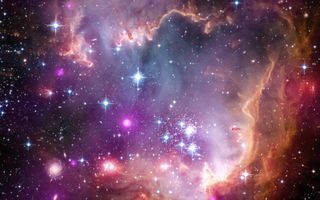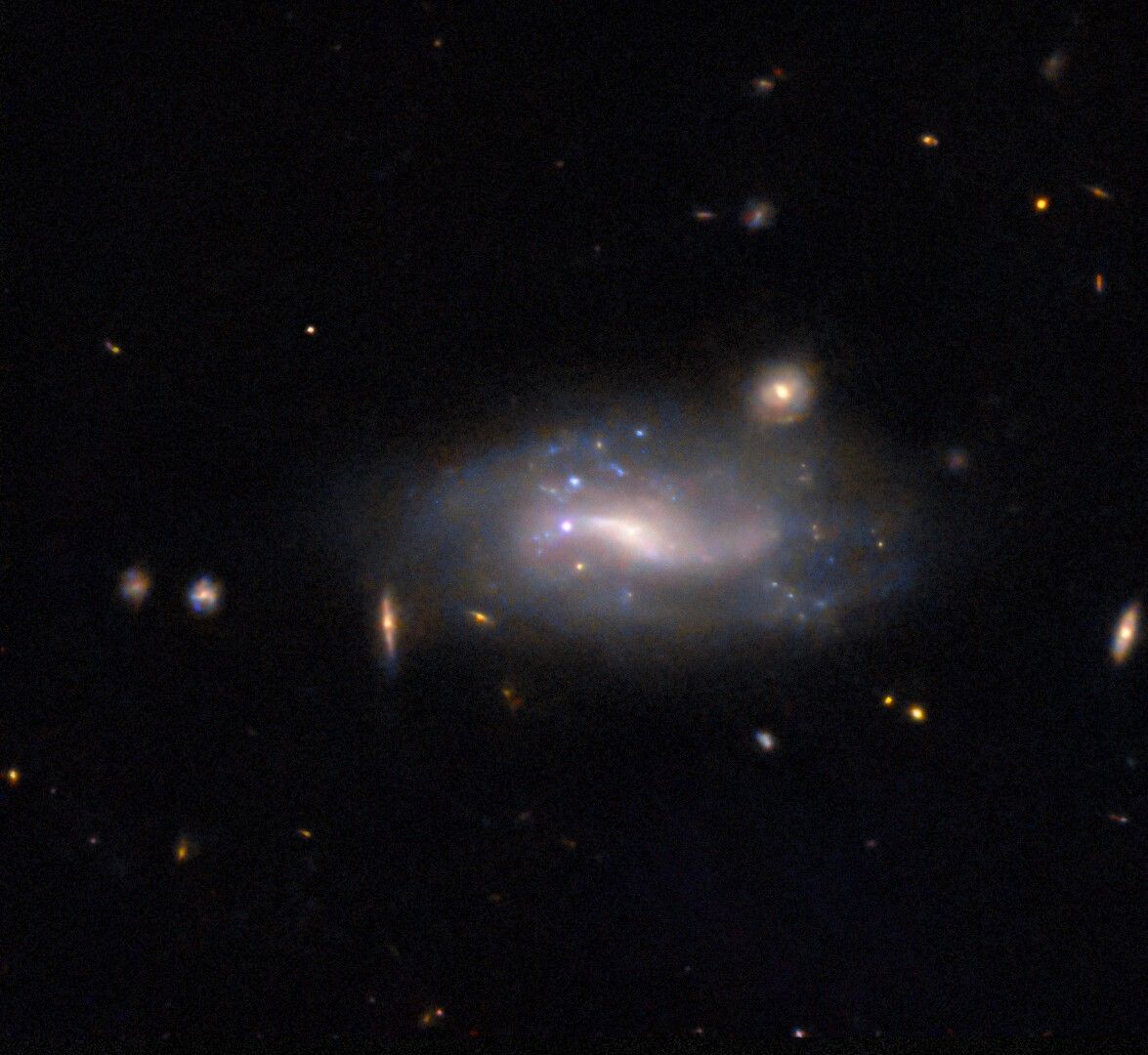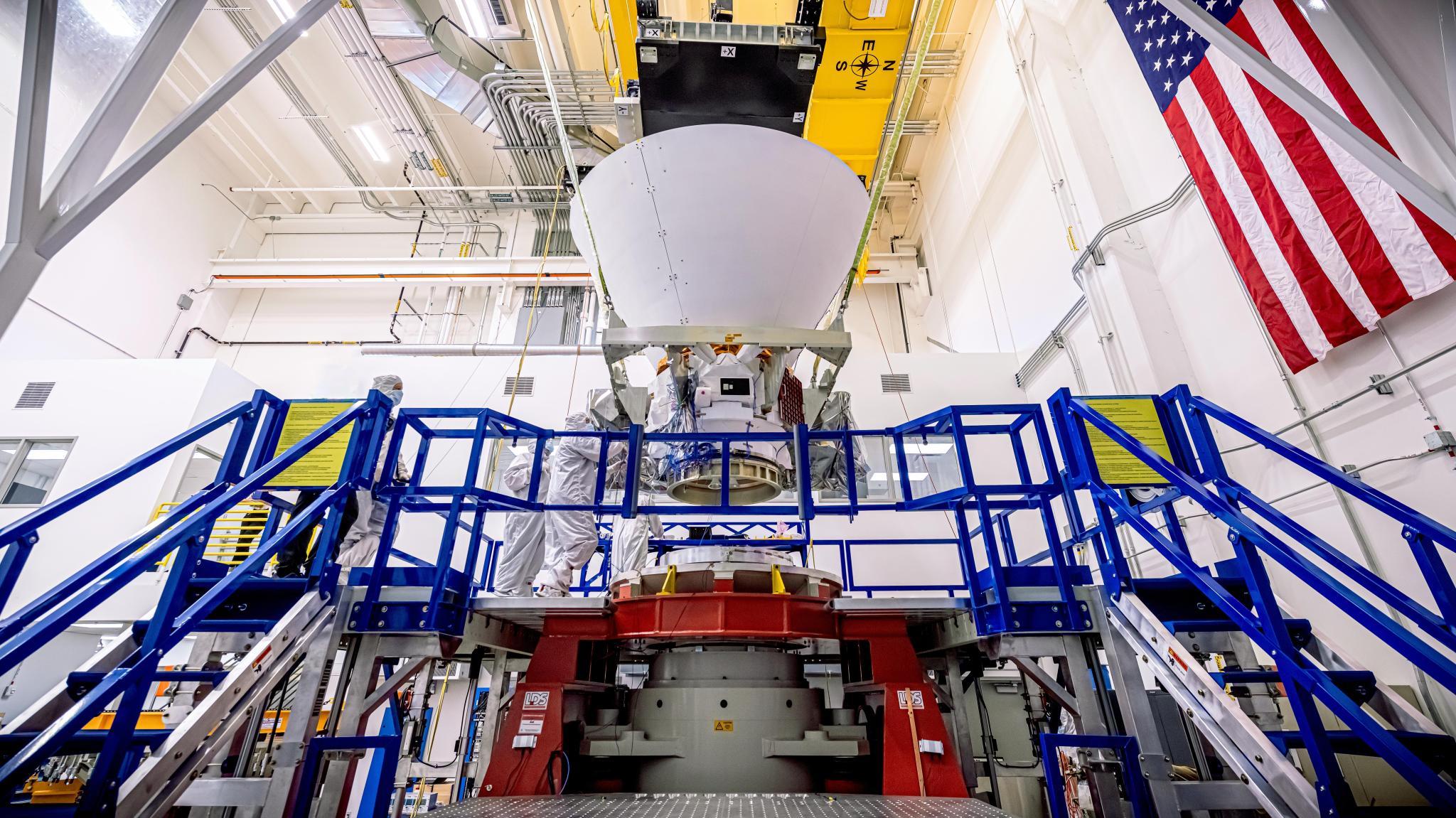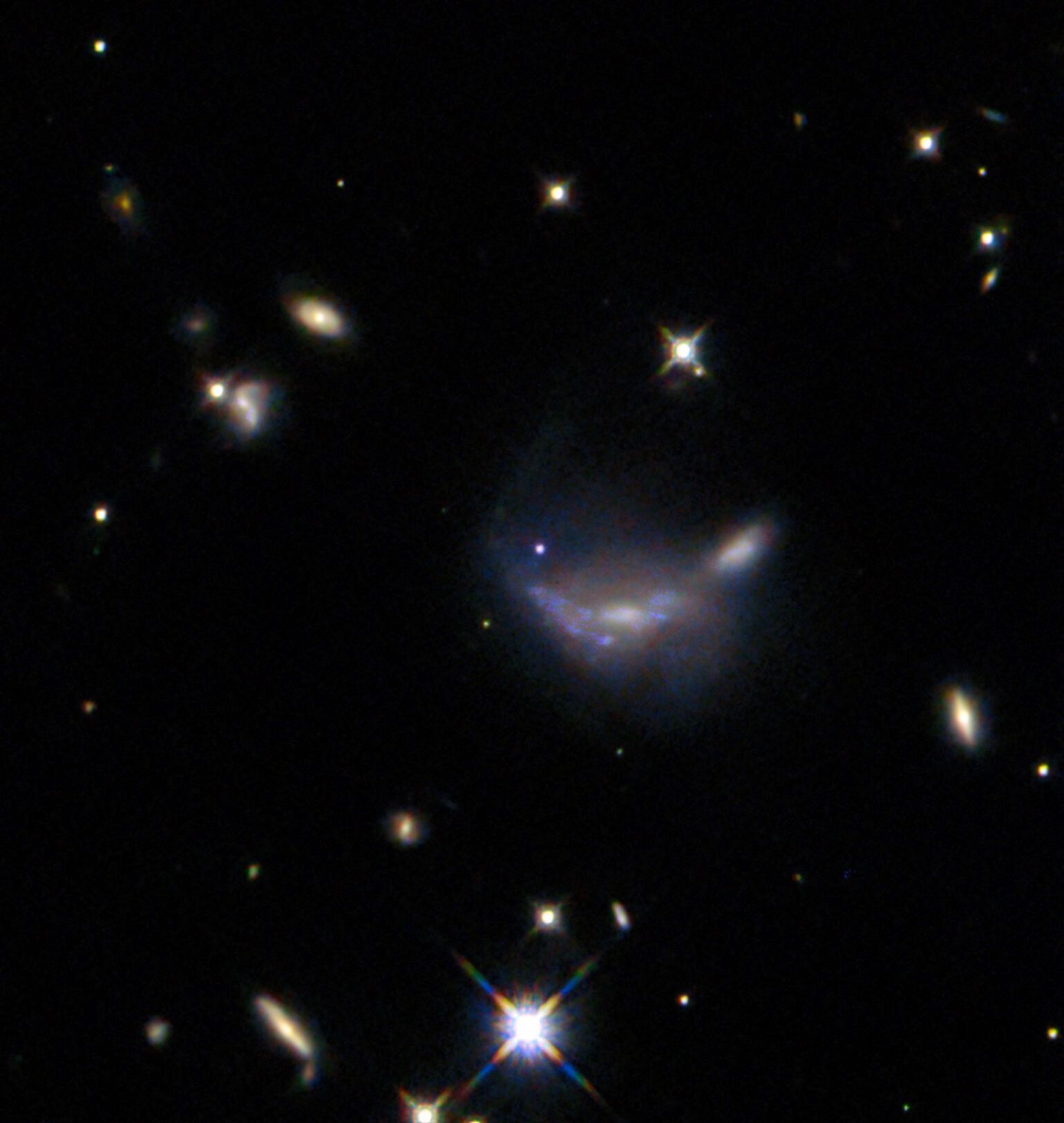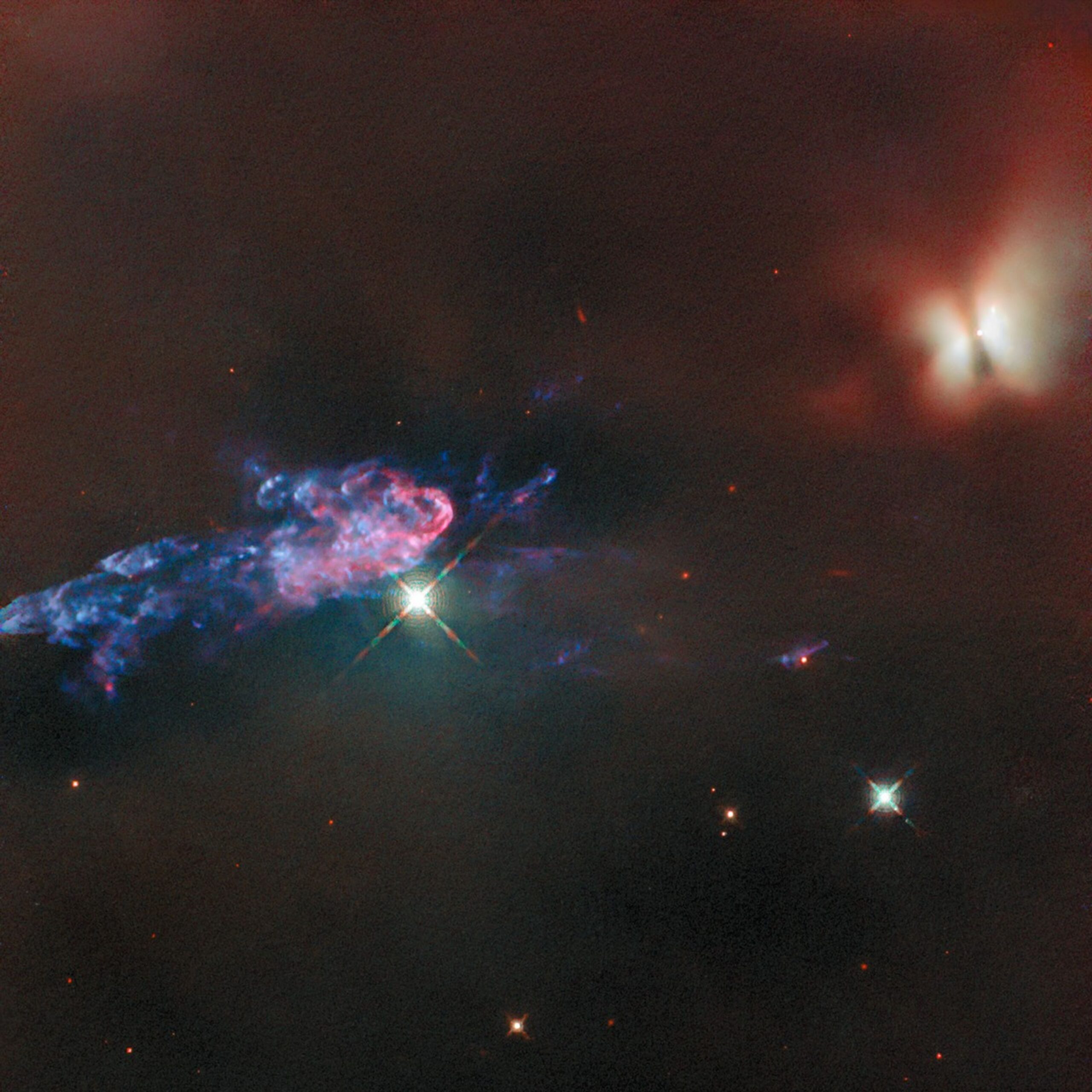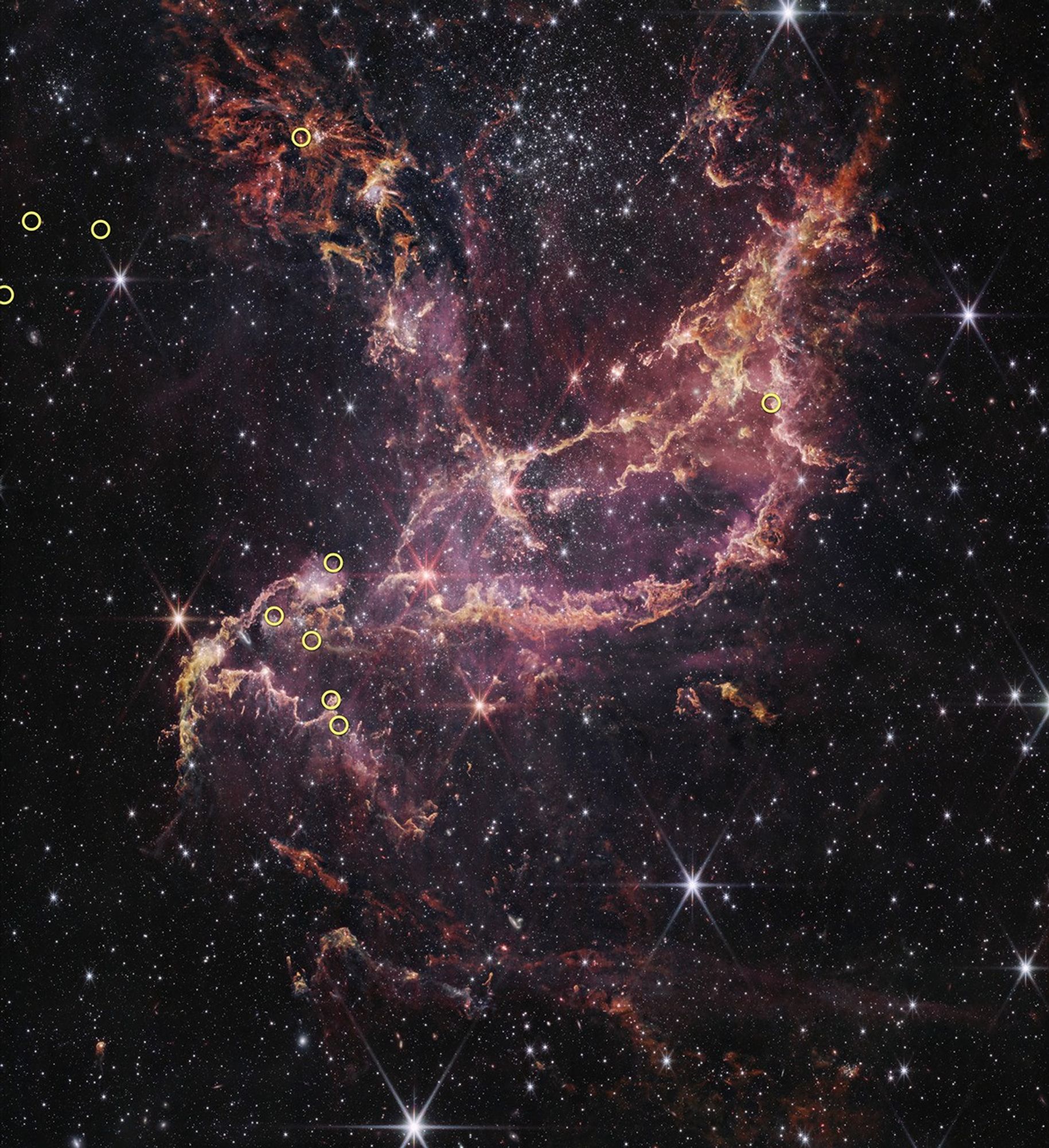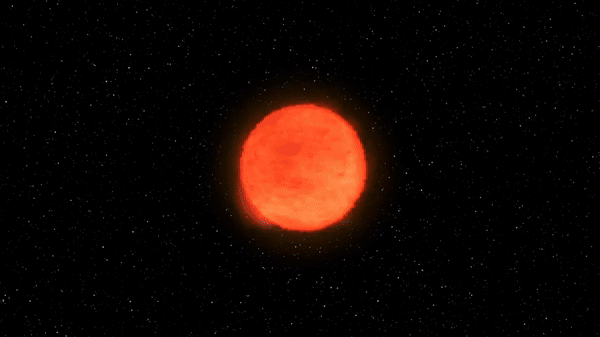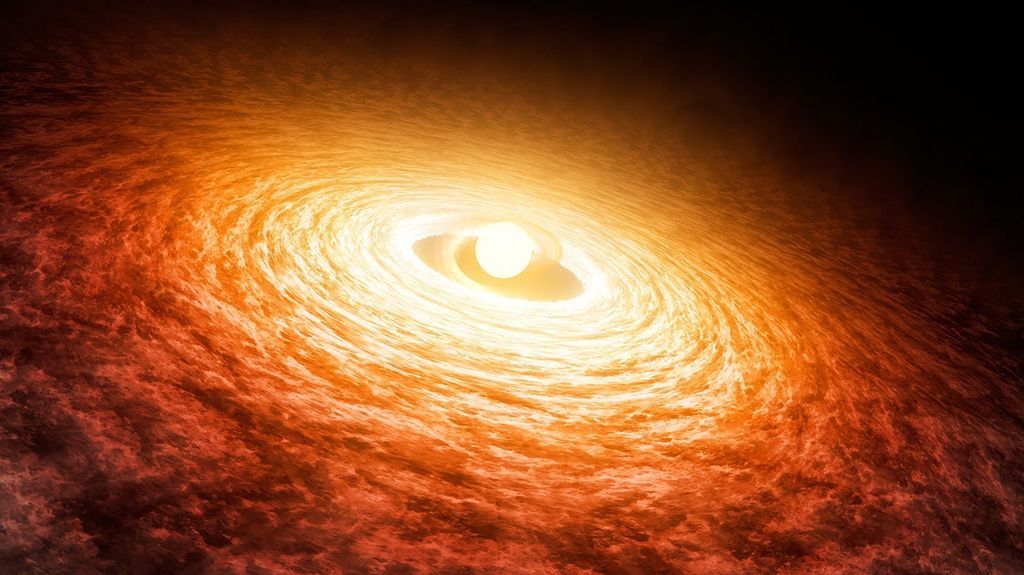When it comes to baby blankets, the fluffier, the better — and astronomers have discovered that some infant stars in the early universe also preferred “fluffy” pre-natal cocoons. Stars are born in “stellar nurseries,” or regions of galaxies with an abundance of gas and dust that can become overly dense and collapse to form infant stars, or “protostars.” More accurately referred to as “molecular clouds,” these gaseous conglomerations can stretch for hundreds of light-years, thus forming thousands of stars. Scientists have learned a great deal about star formation in the…
Read MoreTag: Stars
Hubble Goes Supernova Hunting
Explore Hubble Hubble Home Overview About Hubble The History of Hubble Hubble Timeline Why Have a Telescope in Space? Hubble by the Numbers At the Museum FAQs Impact & Benefits Hubble’s Impact & Benefits Science Impacts Cultural Impact Technology Benefits Impact on Human Spaceflight Astro Community Impacts Science Hubble Science Science Themes Science Highlights Science Behind Discoveries Hubble’s Partners in Science Universe Uncovered Explore the Night Sky Observatory Hubble Observatory Hubble Design Mission Operations Missions to Hubble Hubble vs Webb Team Hubble Team Career Aspirations Hubble Astronauts News Hubble News…
Read More6 Things to Know About SPHEREx, NASA’s Newest Space Telescope
5 min read Preparations for Next Moonwalk Simulations Underway (and Underwater) NASA’s SPHEREx observatory undergoes testing at BAE Systems in Boulder, Colorado, in August 2024. Launching no earlier than Feb. 27, 2025, the mission will make the first all-sky spectroscopic survey in the near-infrared, helping to answer some of the biggest questions in astrophysics. BAE Systems/NASA/JPL-Caltech Shaped like a megaphone, the upcoming mission will map the entire sky in infrared light to answer big questions about the universe. Expected to launch no earlier than Thursday, Feb. 27, from Vandenberg Space…
Read MoreHubble Spots a Supernova
Explore Hubble Hubble Home Overview About Hubble The History of Hubble Hubble Timeline Why Have a Telescope in Space? Hubble by the Numbers At the Museum FAQs Impact & Benefits Hubble’s Impact & Benefits Science Impacts Cultural Impact Technology Benefits Impact on Human Spaceflight Astro Community Impacts Science Hubble Science Science Themes Science Highlights Science Behind Discoveries Hubble’s Partners in Science Universe Uncovered Explore the Night Sky Observatory Hubble Observatory Hubble Design Mission Operations Missions to Hubble Hubble vs Webb Team Hubble Team Career Aspirations Hubble Astronauts News Hubble News…
Read MoreHubble Captures Young Stars Changing Their Environments
Hubble Space Telescope Hubble Home Overview About Hubble The History of Hubble Hubble Timeline Why Have a Telescope in Space? Hubble by the Numbers At the Museum FAQs Impact & Benefits Hubble’s Impact & Benefits Science Impacts Cultural Impact Technology Benefits Impact on Human Spaceflight Astro Community Impacts Science Hubble Science Science Themes Science Highlights Science Behind Discoveries Hubble’s Partners in Science Universe Uncovered Explore the Night Sky Observatory Hubble Observatory Hubble Design Mission Operations Missions to Hubble Hubble vs Webb Team Hubble Team Career Aspirations Hubble Astronauts News Hubble…
Read MoreNASA Missions Spot Cosmic ‘Wreath’ Displaying Stellar Circle of Life
X-ray: NASA/CXC; Infrared: ESA/Webb, NASA & CSA, P. Zeilder, E.Sabbi, A. Nota, M. Zamani; Image Processing: NASA/CXC/SAO/L. Frattare and K. Arcand Since antiquity, wreaths have symbolized the cycle of life, death, and rebirth. It is fitting then that one of the best places for astronomers to learn more about the stellar lifecycle resembles a giant holiday wreath itself. The star cluster NGC 602 lies on the outskirts of the Small Magellanic Cloud, which is one of the closest galaxies to the Milky Way, about 200,000 light-years from Earth. The stars in NGC 602 have fewer heavier elements compared to…
Read MoreNASA’s Webb Finds Planet-Forming Disks Lived Longer in Early Universe
Webb Webb News Latest News Latest Images Blog (offsite) Awards X (offsite – login reqd) Instagram (offsite – login reqd) Facebook (offsite- login reqd) Youtube (offsite) Overview About Who is James Webb? Fact Sheet Impacts+Benefits FAQ Science Overview and Goals Early Universe Galaxies Over Time Star Lifecycle Other Worlds Observatory Overview Launch Orbit Mirrors Sunshield Instrument: NIRCam Instrument: MIRI Instrument: NIRSpec Instrument: FGS/NIRISS Optical Telescope Element Backplane Spacecraft Bus Instrument Module Multimedia About Webb Images Images Videos What is Webb Observing? 3d Webb in 3d Solar System Podcasts Webb Image…
Read MoreOver 10,000 exploding stars catalogued by groundbreaking Zwicky Transient Facility
The Zwicky Transient Facility has reached an incredible milestone: It has classified over 10,000 cosmic explosions that mark the deaths of massive stars and the feeding frenzies of vampire stellar remnants. These events, called supernovas, are undoubtedly some of the most fearsome and powerful events in the universe. Since 2012, humanity has discovered almost 16,000 supernovas. The Zwicky Transient Facility (ZTF), which began operations in 2017 using the 48-inch telescope at Palomar Observatory, is responsible for almost two-thirds of these detections. That makes it the largest and arguably most successful…
Read MoreHubble Spots a Spiral in the Celestial River
Hubble Space Telescope Home Hubble Spots a Spiral in the… Hubble Space Telescope Hubble Home Overview About Hubble The History of Hubble Hubble Timeline Why Have a Telescope in Space? Hubble by the Numbers At the Museum FAQs Impact & Benefits Hubble’s Impact & Benefits Science Impacts Cultural Impact Technology Benefits Impact on Human Spaceflight Astro Community Impacts Science Hubble Science Science Themes Science Highlights Science Behind Discoveries Hubble’s Partners in Science Universe Uncovered Explore the Night Sky Observatory Hubble Observatory Hubble Design Mission Operations Missions to Hubble Hubble vs…
Read MoreHubble Telescope peeks at star with planet-forming disk that gets 3 times hotter than the sun
A star about 1,360 light-years away from Earth, named FU Orionis, is twice as hot as astronomers previously suspected, according to recent data from the Hubble Space Telescope. In fact, scientists believe that the region where FU Orionis’s planet-forming disk touches the star’s surface glows at around 16,000 Kelvin — three times hotter than the surface of our sun. Caltech astronomer Adolfo Carvalho and his colleagues suggest the area around the star is so surprisingly hot because a rapidly-spinning disk of material falling into the star is actually scraping against…
Read More